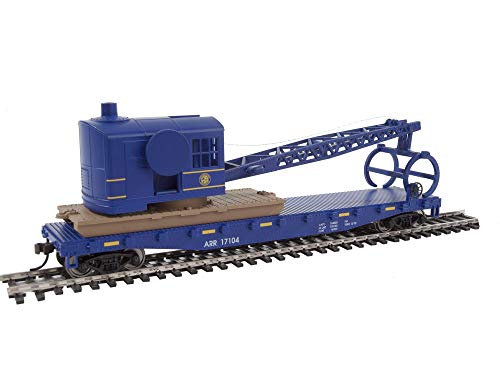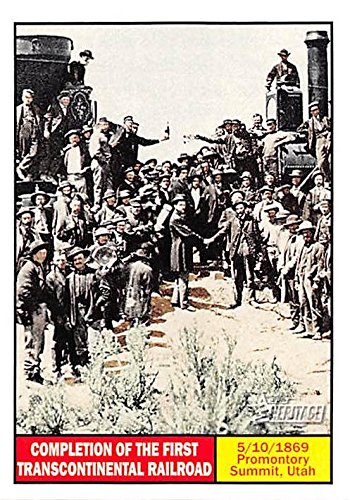cirdan
Engineer
- Joined
- Mar 30, 2011
- Messages
- 3,848
Is there space for additional platforms and tracks?In the case of Dallas, the obvious solution to me would be to just run the HSR into the existing station, which is what the French do with the TGV in large old cities like Paris. No additional land needed, good access to downtown, and good connectivity to the extensive light rail system.
I don't think sharing tracks with Amtrak or TRE would be on the cards due to platform heights. So there would have to be new (additional) tracks.
The two tracks on the right are used by DART (a DART train is just visible at one of the platforms), the other three platform tracks are used by TRE and Amtrak. Note that the platform on the left is significantly longer than the others. I guess this is to accommodate the Texas Eagle.
I believe the tracks without platform on the side of Reunion Tower are used by UP as a freight bypass. Maybe the car park area at Reunion Tower could be acquired for new platforms and tracks? But this would be a long shot as it is clearly needed by Reunion Tower. There also appears to be space on the headhouse side of Union Station, between the headhouse and the DART tracks (I never noticed this before). I don't know what's up with that or what purpose it serves. So probably there is space for tracks and platforms somehow, but not really oodles of it.
Then there would also be the question of the check-in, waiting room and lounge and whether it would be suitable to share these with Amtrak or there would have to be separate facilities.

Last edited:























































